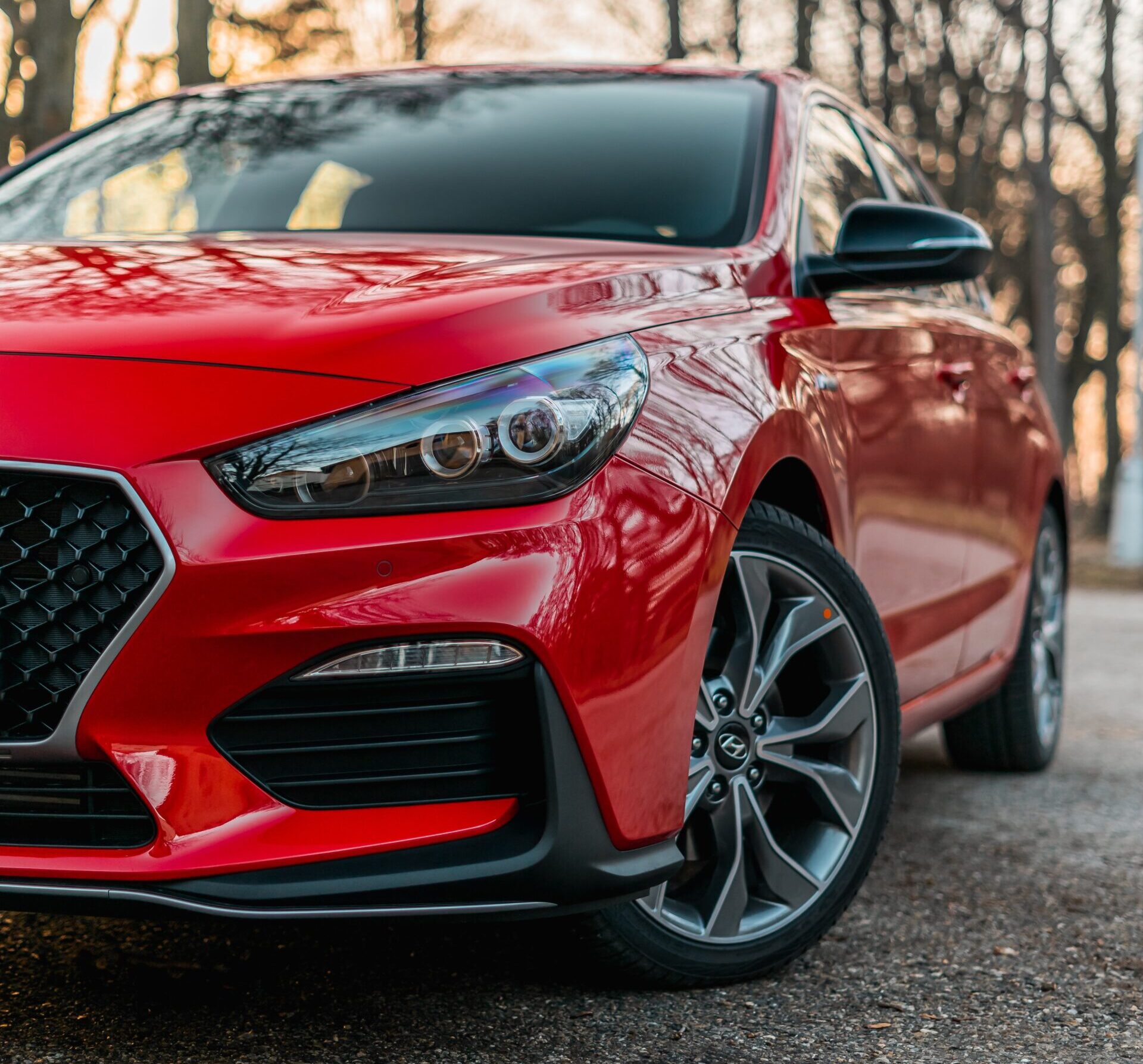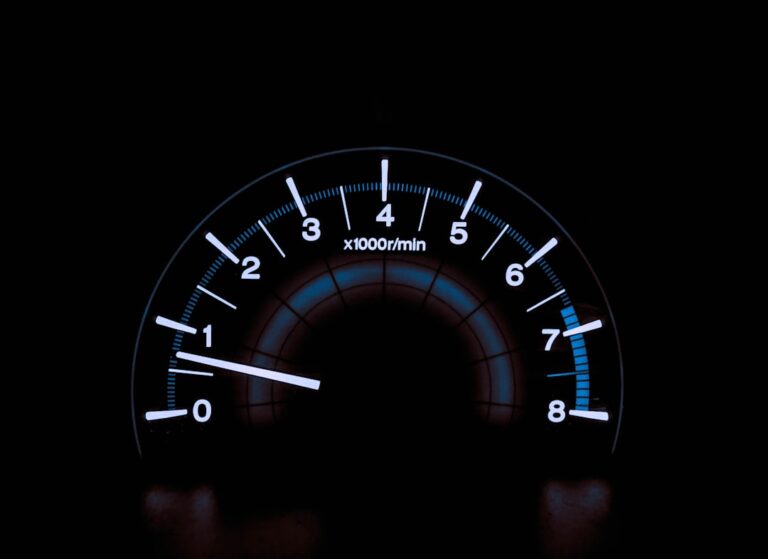Support our educational content for free when you purchase through links on our site. Learn more
Tesla and the $7,500 EV Tax Credit: Why You Might Not Be Getting a Discount [2024] 🔌
Think you can snag a sweet deal on a shiny new Tesla with a $7,500 tax credit? Think again! 🤔 The rules have changed, and Tesla’s eligibility for the full tax credit is now anything but clear-cut. But fear not, dear reader! We’ve got the inside scoop on why this popular electric car isn’t universally eligible for the full discount. We’ll dive into the history of the EV tax credit, uncover the game-changing 200,000-vehicle limit, and explore how the Inflation Reduction Act (IRA) has reshaped the playing field for Tesla and other EV makers.
Quick Answer
- Tesla is no longer eligible for the full $7,500 EV tax credit due to a combination of factors:
- The 200,000-vehicle sales limit: Once a manufacturer reaches this threshold, the tax credit begins to phase out.
- The Inflation Reduction Act (IRA): The IRA introduced new rules regarding battery sourcing and final vehicle assembly, making it more challenging for Tesla to qualify.
- Tesla’s dependence on battery component suppliers in China: China isn’t currently recognized as a free trade partner under the IRA, impacting Tesla’s eligibility.
- Tesla continues to navigate these regulations: They are working to diversify their battery supply chain and expand their network of gigafactories in North America, but it’s unclear if they’ll fully meet the requirements in the near future.
Table of Contents
- Quick Tips and Facts
- The Evolution of the EV Tax Credit: A Timeline
- Tesla’s Rise and Fall from Tax Credit Eligibility
- The 200,000 Vehicle Limit: A Game Changer
- The Inflation Reduction Act: A New Era for EV Tax Credits
- Tesla’s Current Status: No Tax Credit for Now
- The Future of Tesla and the EV Tax Credit: What’s Next?
- Conclusion
- Recommended Links
- FAQ
- Reference Links
Quick Tips and Facts
- The $7,500 federal tax credit for new EVs is a point-of-sale rebate. 🎉 That means you get the discount immediately when you buy the car!
- Not all electric vehicles qualify. ❌ The car must meet specific requirements, including where it’s assembled and where its battery components are sourced.
- Tesla vehicles are currently not eligible for the full $7,500 tax credit 😞. Why? Keep reading to uncover the backstory and find out if your dream Tesla might qualify in the future. 🤔
The Evolution of the EV Tax Credit: A Timeline
To understand why you might not be driving home a Tesla with a juicy $7,500 tax break, let’s rewind! The EV tax credit has a rich history, with twists and turns worthy of a test drive on Lombard Street:
- 2008: The EV tax credit emerges, aiming to incentivize eco-friendly car purchases.
- 2009: Tesla bursts onto the scene, quickly becoming synonymous with luxury EVs.
- 2010 – 2017: Tesla rides high on a wave of popularity, selling hundreds of thousands of vehicles.
- 2018: The plot thickens! A 200,000-vehicle-per-manufacturer cap is introduced, impacting automakers like Tesla with high sales volumes.
- 2019 – 2022: Tesla’s tax credit gradually phases out as the company zooms past the 200,000 mark.
- 2023: The Inflation Reduction Act (IRA) throws a curveball – new rules on battery sourcing and manufacturing shake things up for many EV makers, including Tesla.
Tesla’s Rise and Fall from Tax Credit Eligibility
Tesla’s story is a classic tale of early success followed by unexpected obstacles. But what exactly led to their exclusion from the full tax credit?
Early Success and the 200,000 Vehicle Limit
Tesla hit the ground running in the EV market. Their innovative technology and sleek designs captivated car enthusiasts, quickly propelling them to the forefront of the industry. However, their early success became a double-edged sword with the introduction of the 200,000-vehicle limit for the full tax credit.
Changes Under the Inflation Reduction Act (IRA)
The IRA introduced stringent requirements for vehicle assembly and battery sourcing, further complicating Tesla’s eligibility. These changes, while designed to boost domestic manufacturing and reduce reliance on foreign supply chains, have made it challenging for Tesla to secure the full tax credit for all its models.
The 200,000 Vehicle Limit: A Game Changer
Why the Cap Was Introduced
The 200,000-vehicle cap was implemented to level the playing field in the burgeoning EV market. It was designed to prevent established automakers with high sales volumes from disproportionately benefiting from the tax credit while giving newer companies a chance to gain traction. This provision, however, had unintended consequences for front-runners like Tesla, whose early success worked against them.
Impact on Tesla
Once a manufacturer, like Tesla, reached the 200,000-vehicle threshold, the tax credit began to phase out gradually. This phase-out period reduced the available credit incrementally until it was completely eliminated. As it stands, Tesla vehicles are no longer eligible for the full $7,500. The specific amount will depend on when the vehicle was manufactured and purchased.
The Inflation Reduction Act: A New Era for EV Tax Credits
The IRA brought about significant changes to the EV tax credit landscape, aiming to promote domestic manufacturing and supply chains for electric vehicles:
Key Provisions:
-
Final Assembly Requirement: Vehicles must now be assembled in North America to qualify for the tax credit. This provision ensures that the economic benefits of EV production are retained within the region.
-
Battery Sourcing Requirements: The IRA introduced strict guidelines for sourcing critical minerals and battery components. A significant portion of these materials must originate from the U.S. or countries with a free trade agreement with the U.S. This provision aims to reduce reliance on foreign supply chains, particularly from China, which currently dominates the battery material market.
Tesla’s Current Status: No Tax Credit for Now
Despite some price adjustments and potential shifts in production strategies, many Tesla vehicles are not currently eligible for the full $7,500 federal tax credit. Here’s why:
-
Battery Sourcing: Tesla relies heavily on battery components sourced from China, a country not currently recognized under the IRA’s free trade agreement guidelines. This reliance on China-based suppliers puts Tesla at odds with the IRA’s requirements.
-
Final Assembly: While Tesla manufactures vehicles in the U.S., some models are still primarily assembled outside of North America.
Will This Change?
Whether or not Tesla can adapt to regain eligibility remains to be seen. They’ve made strides in diversifying their battery supply chain and expanding North American manufacturing. However, meeting the stringent IRA requirements will demand significant changes and investments from the company.
The Future of Tesla and the EV Tax Credit: What’s Next?
Tesla, known for its agility and innovation, might just have a few tricks up its sleeve. The company has announced plans to:
- Expand their network of Gigafactories: This includes building new facilities in the U.S., which could help them meet the final assembly requirements for the tax credit.
- Secure battery materials from more diverse sources: Tesla is actively seeking out suppliers in North America and other regions that align with the IRA’s guidelines.
However, these endeavors take time, and it’s unclear when or if Tesla will fully comply with the new regulations. If you’re considering a Tesla, it’s wise to stay informed about their eligibility status.
Check with a tax professional or visit the IRS website for the most up-to-date information on EV tax credit eligibility.
Conclusion

The EV tax credit landscape is constantly evolving, with new rules and requirements emerging periodically. While Tesla’s vehicles have previously qualified for the full $7,500 credit, the current regulations under the Inflation Reduction Act have made their eligibility uncertain. Though Tesla is actively seeking ways to meet the new guidelines, there is no guaranteed timeframe for when, or if, they will achieve full compliance.
As a result, potential Tesla buyers should stay informed about their eligibility and keep an eye on any updates or policy changes. We’ll be sure to keep you updated here on Car Leases™ – follow us for the latest news! 😎
Remember, tax legislation can be complex, so it’s always best to consult a tax professional for personalized advice.
Recommended Links
👉 Shop Tesla on:
- Tesla Model Y: TrueCar | Edmunds | Auto Trader | Tesla Official Website
- Tesla Model 3: TrueCar | Edmunds | Auto Trader | Tesla Official Website
- Tesla Model S: TrueCar | Edmunds | Auto Trader | Tesla Official Website
FAQ

Why does Tesla not qualify for tax credits?
Tesla’s vehicles are currently not eligible for the full $7,500 tax credit due to the stringent requirements imposed by the Inflation Reduction Act (IRA). The IRA mandates that new EVs must be assembled in North America and must meet certain battery sourcing requirements – sourcing critical minerals and components from the U.S. or countries with free trade agreements. Tesla has yet to fully meet these requirements, making their vehicles ineligible for the full tax credit.
What are the specific battery sourcing requirements?
The IRA states that a certain percentage of a vehicle’s critical minerals (like lithium, cobalt, and nickel) must be extracted or processed in the U.S. or a designated free trade country. Additionally, a certain percentage of battery components must be manufactured or assembled in North America.
Why is Tesla not meeting these requirements?
Tesla currently relies on battery components sourced from China, a country not currently recognized as a free trade partner under the IRA. Tesla’s batteries do not meet the sourcing thresholds for critical minerals and components, rendering their vehicles ineligible for the full $7,500 tax credit.
What is Tesla doing to address these issues?
Tesla is actively working to establish new partnerships and build gigafactories in locations that align with the IRA’s requirements. However, achieving full compliance with these regulations is a complex and time-consuming process.
Read more about “Tesla Lease vs Buy: Which Option is Right for You? … 🚗💸”
Do you get a 7500 tax credit on Tesla?
At this time, Tesla vehicles generally do not qualify for the full $7,500 tax credit. However, the qualification is determined based on several factors, including when the vehicle was manufactured and purchased. If you are interested in a Tesla, we recommend checking the latest guidelines and talking to a tax professional to see if you might qualify for any part of the credit.
Read more about “Tesla Tax Credits and Leasing: Is It Still Worth It? … ⚡️”
How does EV tax credit work if I don’t owe taxes?
The EV tax credit is a point-of-sale rebate. This means you’ll receive the discount directly at the dealership, reducing the price of the vehicle. For people who do not owe taxes, the credit is still applied immediately; however, you will need to file an amended tax return to claim the full credit as a refund.
Who is not eligible for EV tax credit?
There are certain factors that may disqualify individuals from claiming the EV tax credit. Here are some of them:
- Income Limits: There are income limits for eligibility. For a single filer, the Modified Adjusted Gross Income (MAGI) limit is $150,000 for new EVs and $75,000 for used EVs.
- Vehicle Price Caps: The MSRP of the vehicle must be under certain limits. For new EVs, it is $55,000 for sedans and $80,000 for SUVs and trucks.
- Vehicle Type: The vehicle must be classified as an electric vehicle.
- Prior Usage: The EV cannot be used for commercial purposes or as a taxi.
It is important to consult with a tax professional to determine your specific eligibility.
Read more about “How to Claim a $7,500 EV Tax Credit Lease in … 🚗”


